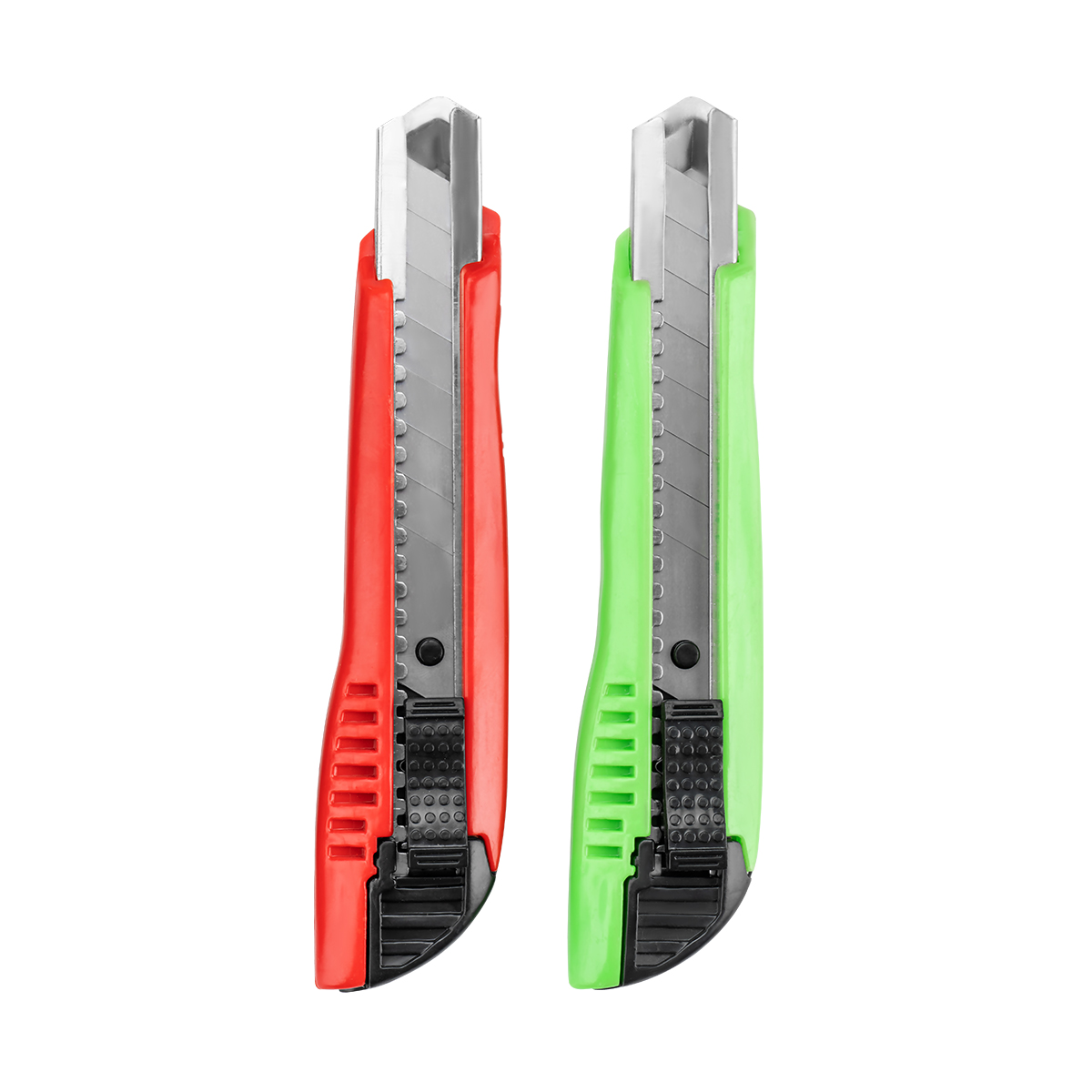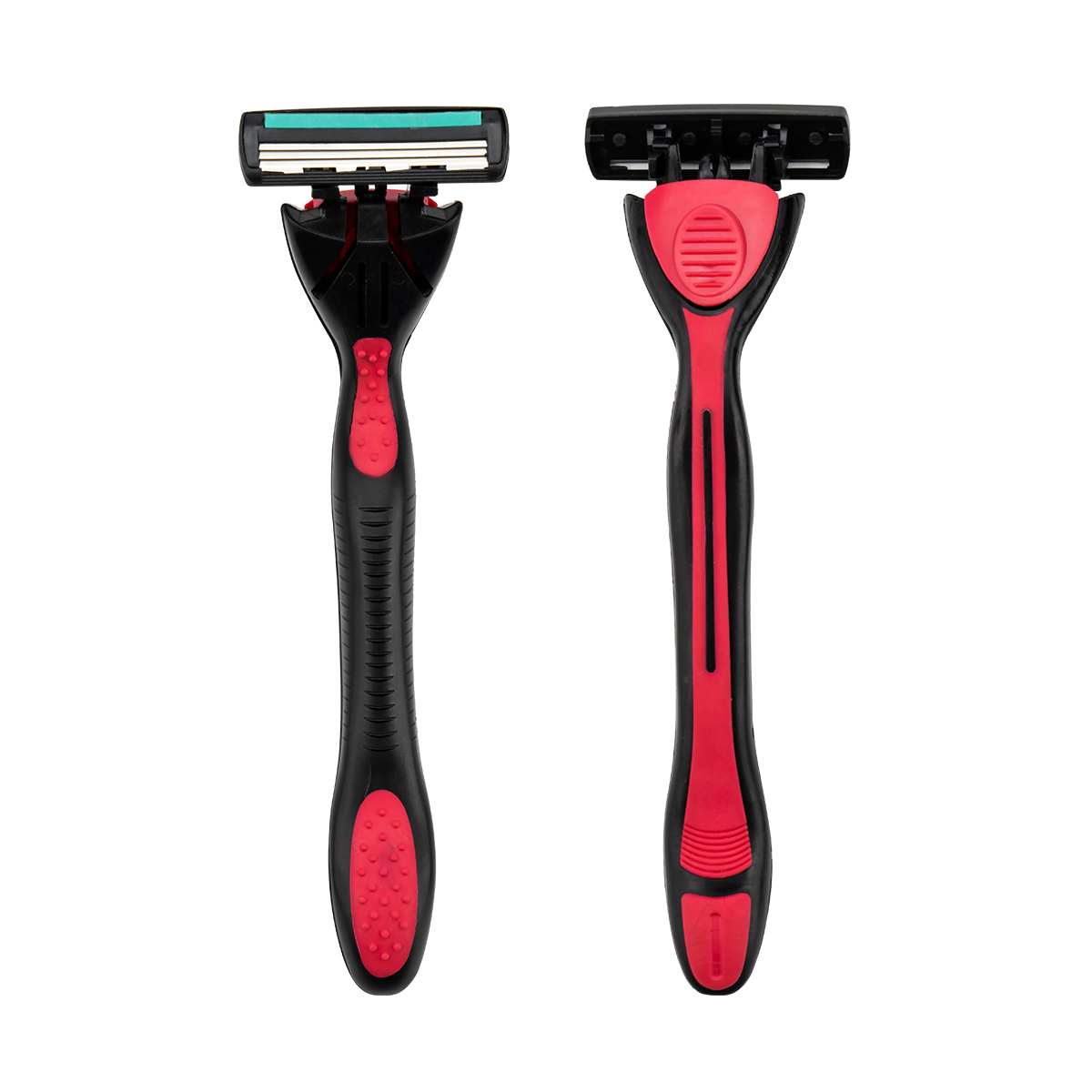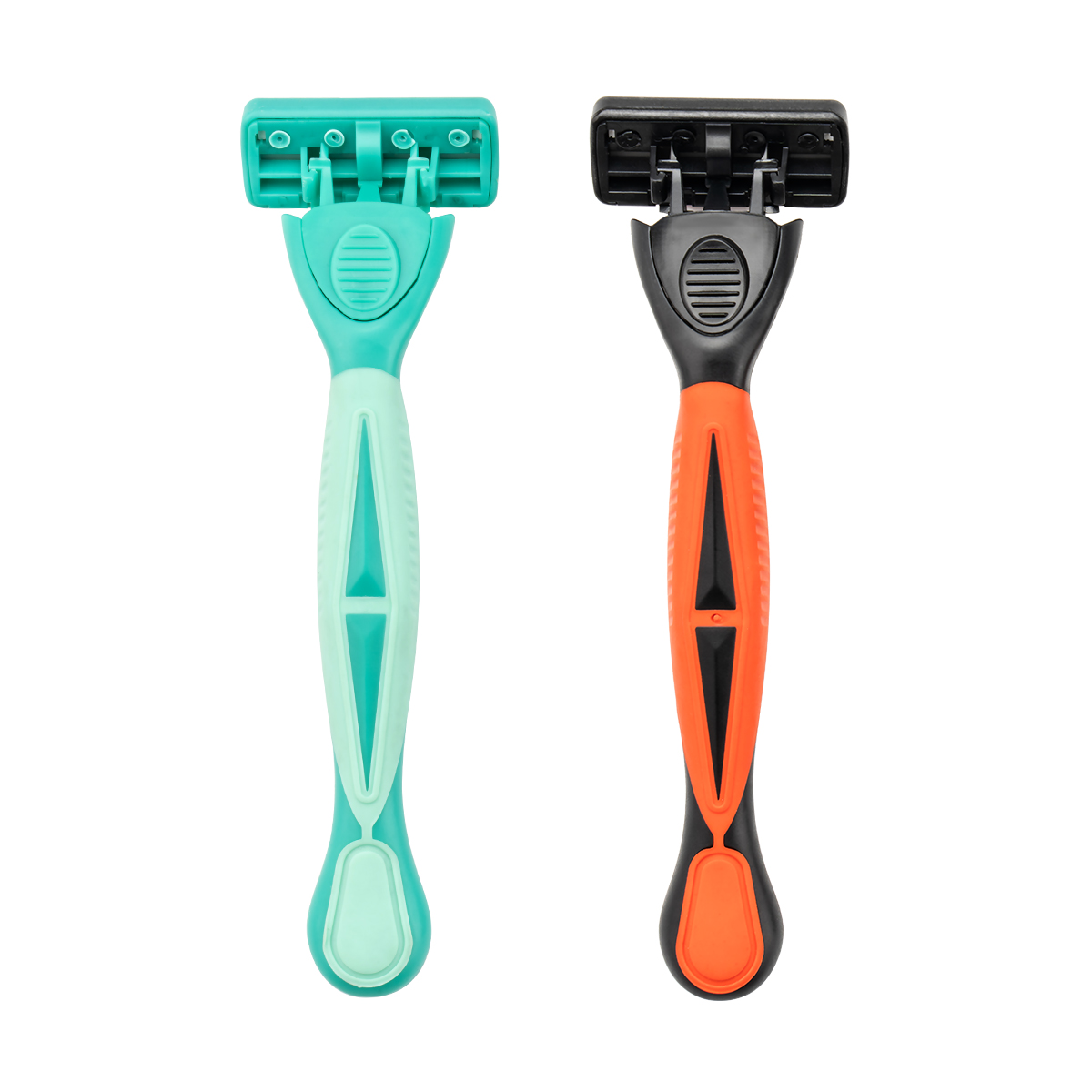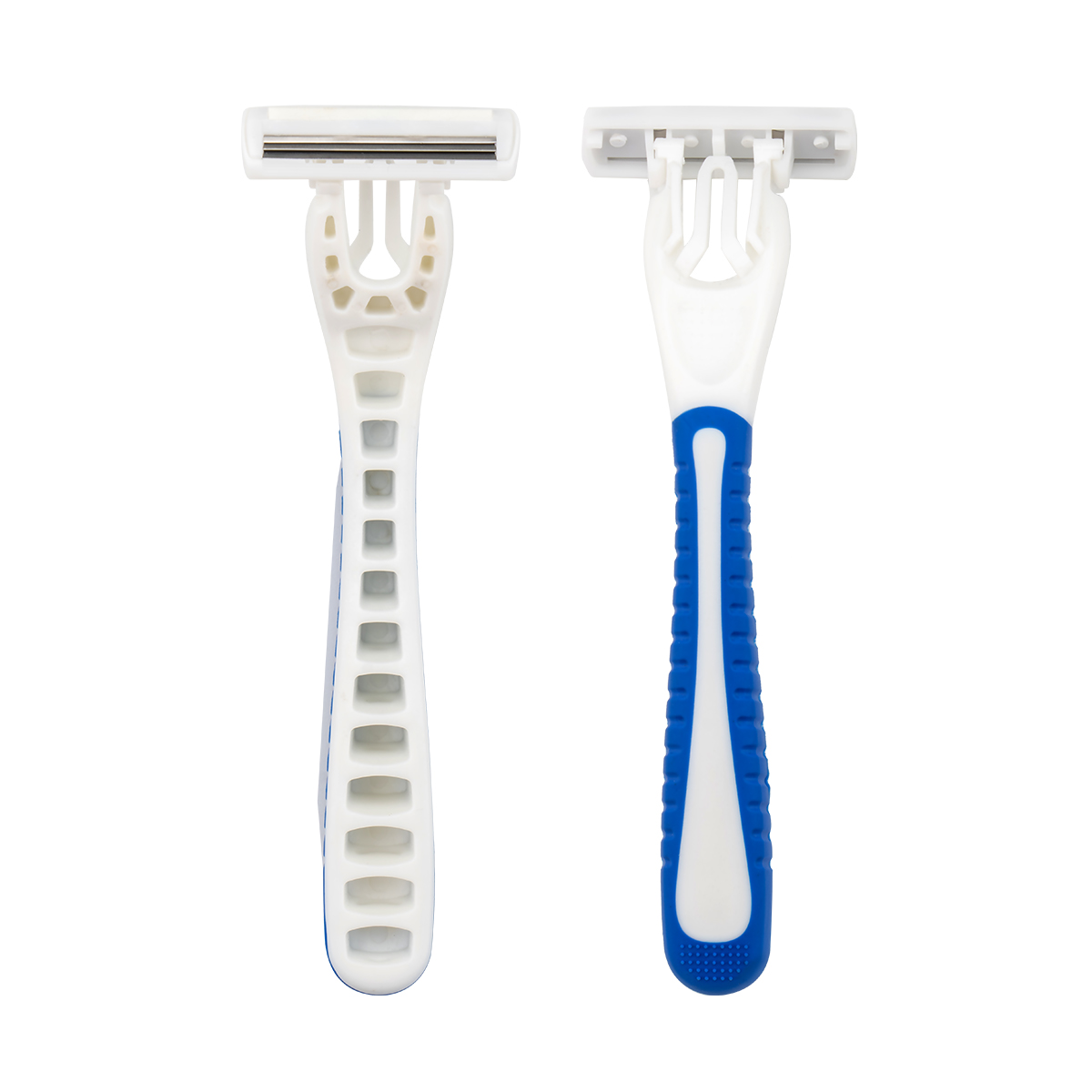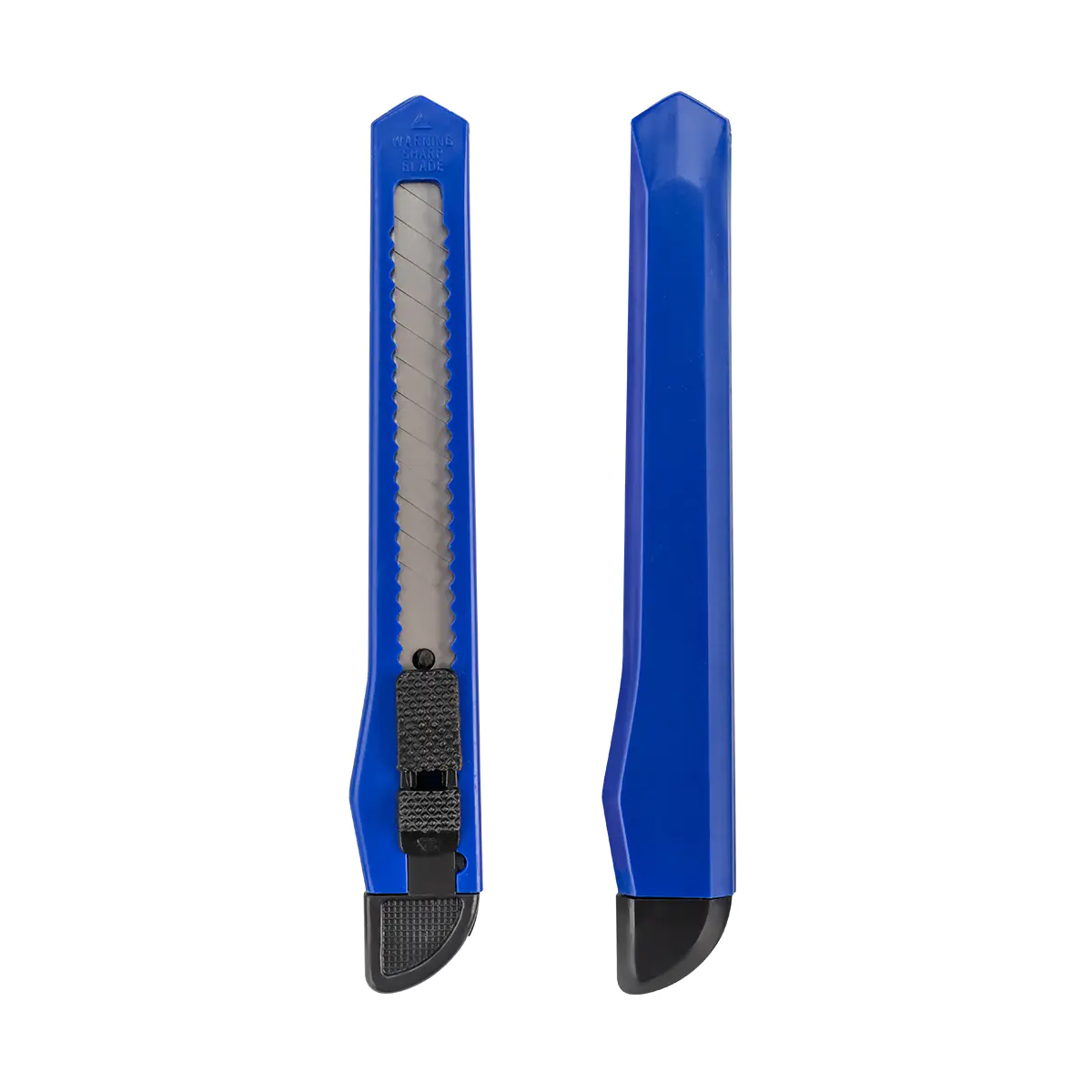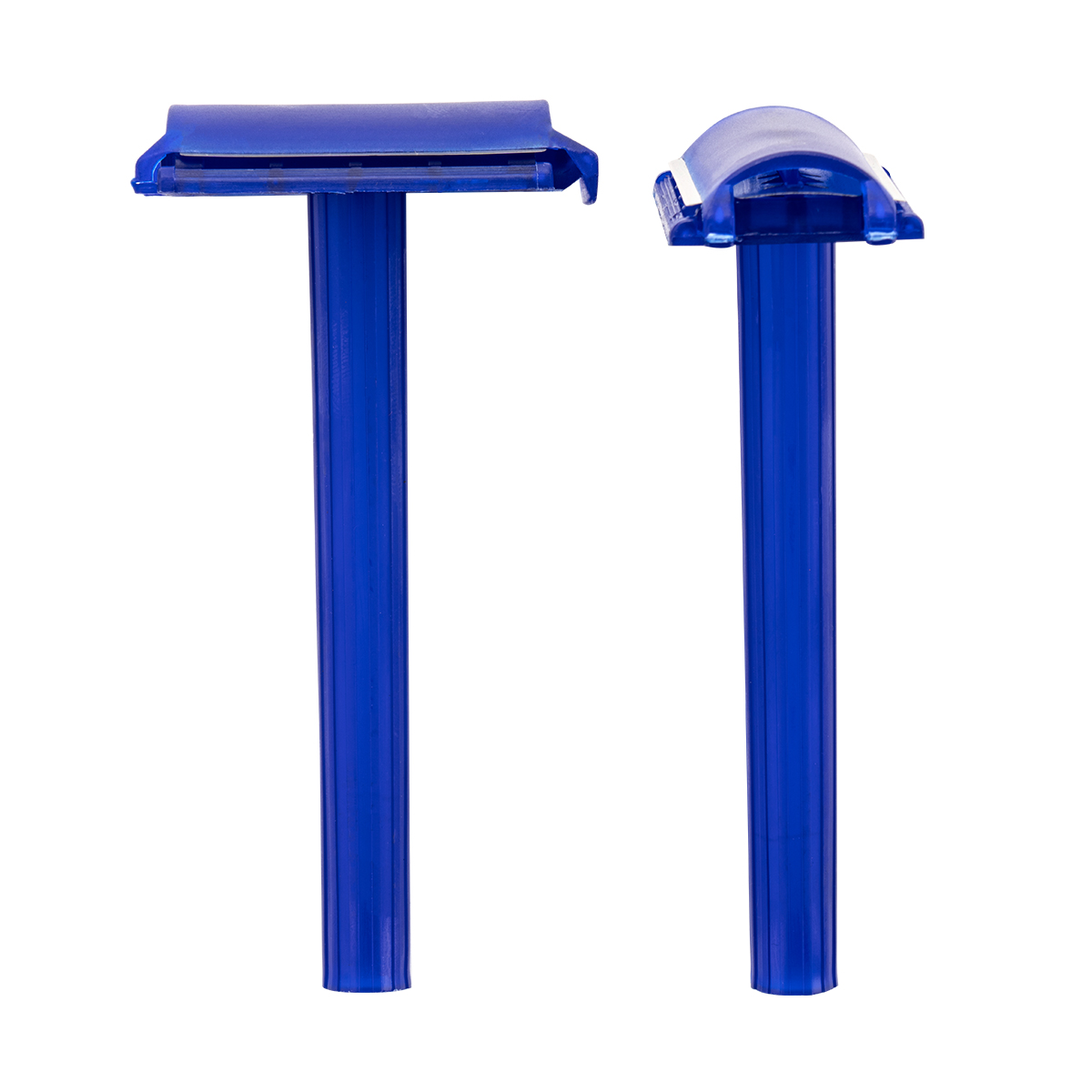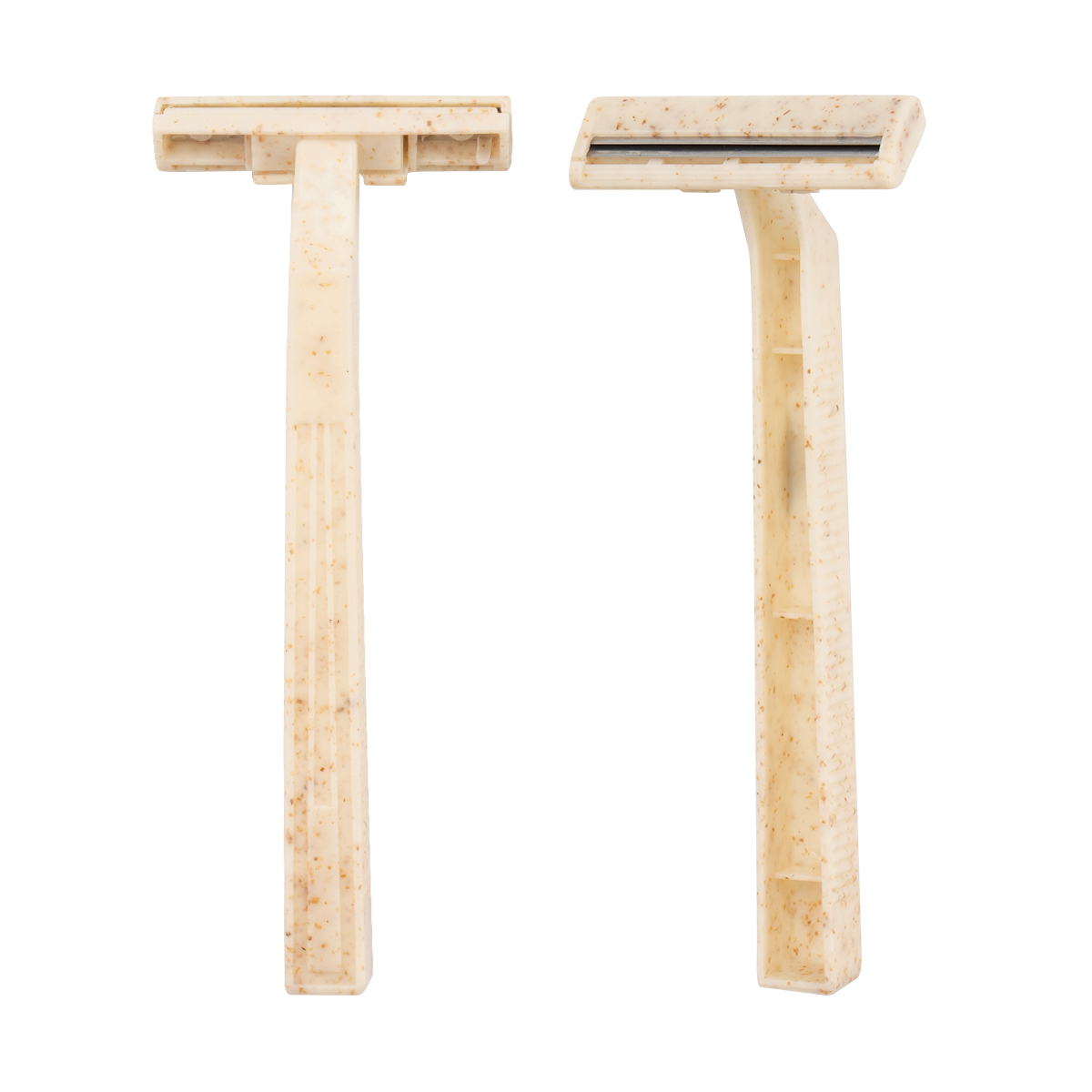We are an industry and trade enterprise
specializing in the production of disposable razors and utility knives for more than 30 years.
Razor News
Electric shavers vs. Razors: Which is best for your skin
Content
- 1 How Electric Shavers Work
- 2 Benefits of Electric Shavers for Skin
- 3 Drawbacks of Electric Shavers
- 4 How Razors Work
- 5 Benefits of Razors for Skin
- 6 Drawbacks of Razors for Skin
- 7 Head-to-Head Comparison
- 8 Factors to Consider When Choosing
- 9 Tips for Minimizing Skin Irritation
- 10 Expert Opinions and Dermatologist Recommendations
Shaving is a common grooming practice, but the method you choose can significantly impact your skin's health. The process of removing hair, regardless of the tool, can lead to issues like irritation, cuts, and ingrown hairs if not done correctly. For centuries, the primary method for a smooth face was a manual razor. However, with technological advancements, electric shavers have become a popular and convenient alternative. Each method has a distinct approach to hair removal. This article will compare electric shavers and razors across key factors—skin health, closeness of shave, cost, and convenience—to help you determine which option is best suited for your specific skin type and grooming needs.
How Electric Shavers Work
Electric shavers use a motor-driven mechanism to cut hair. The two primary types, rotary and foil, operate differently.
-
Foil Shavers: These shavers have a straight head with a thin, perforated metal screen called a "foil" that covers a set of oscillating blades. As you move the shaver, the foil captures hairs through its holes, and the blades underneath move back and forth at high speed to cut the hair. This method is best for shaving in straight lines.
-
Rotary Shavers: These shavers feature two or more circular heads with spinning cutters. These heads are designed to pivot and flex, adapting to the contours of the face and neck. The spinning blades cut the hairs that enter the slots of the head. This design is best for using in a circular motion on the face.
The key feature of an electric shaver is the protective barrier (the foil or the circular heads) between the sharp blades and your skin. This barrier ensures that the blades do not make direct contact with the skin, significantly reducing the risk of cuts and nicks. Electric shavers are available in various formats to suit different needs. Corded models offer continuous power, while cordless shavers use a rechargeable battery for portability. Wet/dry shavers are waterproof, allowing them to be used with shaving cream or gel, or even in the shower.
Benefits of Electric Shavers for Skin
The primary benefit of an electric shaver is the protection it offers.
-
Reduced Irritation and Fewer Cuts: The foil or head acts as a protective barrier, preventing the blades from directly touching your skin. This significantly reduces the risk of nicks, cuts, and overall skin irritation, making it an excellent choice for those with sensitive skin.
-
Lower Risk of Ingrown Hairs: Ingrown hairs occur when a shaved hair curls back into the skin and grows under the surface. Since electric shavers cut the hair slightly above the skin, they are less likely to create the sharp, angled tip that can lead to ingrown hairs. This is a major advantage for people who are prone to this issue.
-
Suitable for Sensitive Skin Types: Due to the reduced friction and lack of direct blade contact, electric shavers are generally gentler on the skin. They are a great alternative for individuals who experience razor burn, redness, or bumps after using a manual razor.
-
No Shaving Cream Required: Many electric shavers can be used for a "dry shave," eliminating the need for shaving cream, gel, or water. This reduces the number of products that could potentially irritate sensitive skin and simplifies the shaving routine.
Drawbacks of Electric Shavers
-
May Not Provide as Close of a Shave: While electric shavers are excellent for preventing skin irritation, the protective barrier between the blades and your skin means the shave may not be as close as with a manual razor. This can lead to a less smooth finish and may require you to shave more frequently to maintain a clean-shaven look.
-
Higher Upfront Cost: The initial purchase price of a quality electric shaver is typically higher than that of a manual razor. This can be a significant investment, especially for high-end models that offer advanced features.
-
Maintenance and Cleaning Requirements: To ensure optimal performance and hygiene, electric shavers require regular cleaning. Hairs and skin debris can accumulate in the cutting head, and many models have specific cleaning requirements, such as rinsing under water or using a special cleaning station. Additionally, the foils and blades need to be replaced periodically, adding to the long-term cost of ownership.
How Razors Work
Manual razors use a sharp, exposed blade to cut hair. The main types are single-blade and multi-blade razors, each with a different cutting mechanism.
-
Single-Blade Razors: These razors, such as safety razors, use a single, sharp blade to slice the hair at the skin's surface. This method cuts the hair cleanly in a single pass, which can be beneficial for reducing irritation and ingrown hairs.
-
Multi-Blade Razors: These razors contain multiple blades arranged in a cartridge. The first blade pulls the hair up and away from the skin, and the subsequent blades cut the hair further down, often below the skin's surface. This "hysteresis" effect is designed to achieve an exceptionally close shave.
Unlike electric shavers, razors have no protective barrier between the blade and the skin. This direct contact allows for a very close cut, leading to a smoother feel. However, this also means there is a greater risk of nicks, cuts, and irritation.
-
Disposable Razors: These are typically made of plastic and are designed to be used a few times before being thrown away. They are convenient and inexpensive but may not offer the best quality shave.
-
Cartridge Razors: These razors have a reusable handle and a replaceable cartridge containing multiple blades. This is the most common type of manual razor, offering a balance of convenience and performance.
-
Safety Razors: These are often made of metal and use a single, replaceable double-edged blade. They are known for providing a very close shave and are a more environmentally friendly option due to their reusable handle and recyclable blades.
Benefits of Razors for Skin
-
Provides a Very Close and Smooth Shave: The main advantage of a manual razor is its ability to deliver an incredibly close shave. The direct contact between the blade and the skin ensures that hairs are cut right at the surface, resulting in a smooth, clean feel that can last longer than a shave from an electric shaver.
-
Lower Initial Cost: The upfront cost of a manual razor, whether disposable, a cartridge system, or a safety razor, is significantly lower than that of a quality electric shaver. This makes it a more accessible option for individuals on a budget.
-
Easy to Find and Replace Blades: Razor blades and cartridges are widely available at grocery stores, pharmacies, and online retailers. The ease of access makes it simple to replace a dull blade, ensuring a consistently good shave without a long wait for specialized parts.
Drawbacks of Razors for Skin
-
Higher Risk of Cuts, Nicks, and Skin Irritation: The direct contact of the blade on the skin, while providing a close shave, also increases the likelihood of accidental cuts, nicks, and razor burn. This is particularly true for multi-blade razors, which can cause significant friction and irritation.
-
Increased Likelihood of Ingrown Hairs: Multi-blade razors, by design, pull the hair before cutting it, which can cause the hair to retract and grow back into the skin. This can lead to painful ingrown hairs, especially for individuals with curly or coarse hair.
-
May Require More Preparation and Aftercare: A manual shave often requires more steps to achieve a good result and prevent irritation. This includes preparing the skin with warm water and pre-shave oil, applying shaving cream or gel, and then using aftershave or moisturizer to soothe the skin post-shave. This can make the overall process more time-consuming compared to an electric shave.
Head-to-Head Comparison
-
Closeness of Shave:
-
Razors: Provide a closer shave by cutting hair directly at the skin's surface.
-
Electric Shavers: The protective barrier results in a shave that is not as close, but is still smooth.
-
-
Skin Irritation:
-
Electric Shavers: Gentler on the skin due to the barrier between the blades and the skin, significantly reducing the risk of cuts, nicks, and razor burn.
-
Razors: More likely to cause skin irritation, especially for multi-blade razors that pull the hair before cutting.
-
-
Cost:
-
Razors: Have a lower upfront cost, but replacement blades and shaving supplies can add up over time.
-
Electric Shavers: Have a higher initial cost, but can be more cost-effective long-term as they do not require frequent blade replacements or shaving creams.
-
-
Convenience:
-
Electric Shavers: More convenient for a quick, dry shave without the need for water or shaving cream.
-
Razors: Require more preparation, including lathering up with shaving cream and using a sink, making them less convenient for on-the-go use.
-
| Electric Shavers | Razors | |
| Advantages |
- Less skin irritation, nicks, and cuts. - Lower risk of ingrown hairs. - More convenient for a quick, dry shave. - No need for shaving cream or water (for dry models). - Cost-effective in the long term. |
- Provides a very close, smooth shave. - Lower initial purchase price. - Blades and cartridges are widely available. - Delivers a crisp, clean-shaven look that lasts longer. |
| Disadvantages |
- May not provide as close of a shave as a razor. - Higher upfront cost. - Requires regular cleaning and maintenance. - Need to replace foils and cutters periodically. - Not ideal for very long or coarse hair without a trimmer. |
- Higher risk of skin irritation, razor burn, and cuts. - Increased likelihood of ingrown hairs. - Requires more preparation and aftercare (shaving cream, aftershave). - Blades need to be replaced frequently, increasing long-term costs. |
Factors to Consider When Choosing
-
Skin Type:
-
Sensitive Skin: Individuals who are prone to redness, razor burn, or bumps will likely benefit more from an electric shaver due to its gentle, no-contact shave.
-
Normal Skin: Those with less sensitive skin can comfortably use either method. The choice then comes down to personal preference for closeness and convenience.
-
-
Hair Type:
-
Coarse Hair: Thicker, coarser hair may be better suited for a manual razor, which can provide a more effective and closer cut.
-
Fine Hair: Finer hair works well with electric shavers, as it is less likely to cause the motor to strain or get caught in the blades.
-
-
Personal Preference:
-
Consider your shaving habits. If you prefer a quick, daily dry shave, an electric shaver is a more convenient choice.
-
If you value a baby-smooth finish and don't mind the extra time and care required, a manual razor will be more satisfying.
-
Tips for Minimizing Skin Irritation
For Electric Shavers
-
Clean and maintain the shaver regularly: Buildup of hair, oil, and dead skin cells in the shaver head can harbor bacteria and lead to skin irritation. Always clean your shaver after each use and replace the foils and cutters as recommended by the manufacturer to ensure a clean, smooth shave.
-
Use pre-shave lotion or powder: Applying a pre-shave product can help to lift the hair and absorb moisture, which allows the electric shaver to glide more smoothly over the skin and get a more effective cut with fewer passes.
-
Do not press too hard: Applying excessive pressure won't result in a closer shave and can cause unnecessary friction and heat, leading to redness and irritation. Let the shaver's motor do the work and use light, gentle strokes.
For Razors
-
Use a sharp blade: A dull blade tugs and pulls at the hair, increasing the risk of razor burn and ingrown hairs. Replace disposable razors or change cartridges frequently, typically every 5-7 shaves, or as soon as you feel a change in performance.
-
Shave in the direction of hair growth: Shaving "with the grain" minimizes the chance of the hair curling back into the skin, which is the main cause of ingrown hairs. While shaving against the grain might feel closer, it's more likely to cause irritation, especially for sensitive skin.
-
Apply shaving cream and moisturize after shaving: Always use a moisturizing shaving cream or gel to create a protective barrier and provide lubrication. After shaving, rinse your face with cool water to close pores and apply an alcohol-free aftershave balm or moisturizer to soothe and hydrate the skin.
Expert Opinions and Dermatologist Recommendations
Many dermatologists recommend electric shavers for individuals who have very sensitive skin, as the reduced friction and lack of direct blade contact can prevent common issues like razor burn and bumps. Experts often stress the importance of proper technique, regardless of the method. For manual razors, dermatologists advise shaving with the grain to minimize irritation and ingrown hairs, and using a clean, sharp blade. For both methods, dermatologists emphasize the importance of skin preparation and post-shave care. They recommend cleansing the face before shaving to remove dirt and oil, and applying a moisturizing, alcohol-free product after shaving to soothe and protect the skin barrier. Dermatologists also note that a person's individual skin and hair type should be the deciding factor. What works for one person might not work for another, and paying attention to how your skin reacts is the most reliable way to find the best shaving method.
![]() No. 2-2, Oufu Road, Zhangting Town, Yuyao City, Ningbo City, Zhejiang, China.
No. 2-2, Oufu Road, Zhangting Town, Yuyao City, Ningbo City, Zhejiang, China.
![]() +86-574-87560886/87560055
+86-574-87560886/87560055
![]() +86-574-87560885
+86-574-87560885
Copyright © Ningbo Chuangxin Cutting-Tool Manufacture Co., Ltd.

 English
English 中文简体
中文简体 русский
русский Español
Español